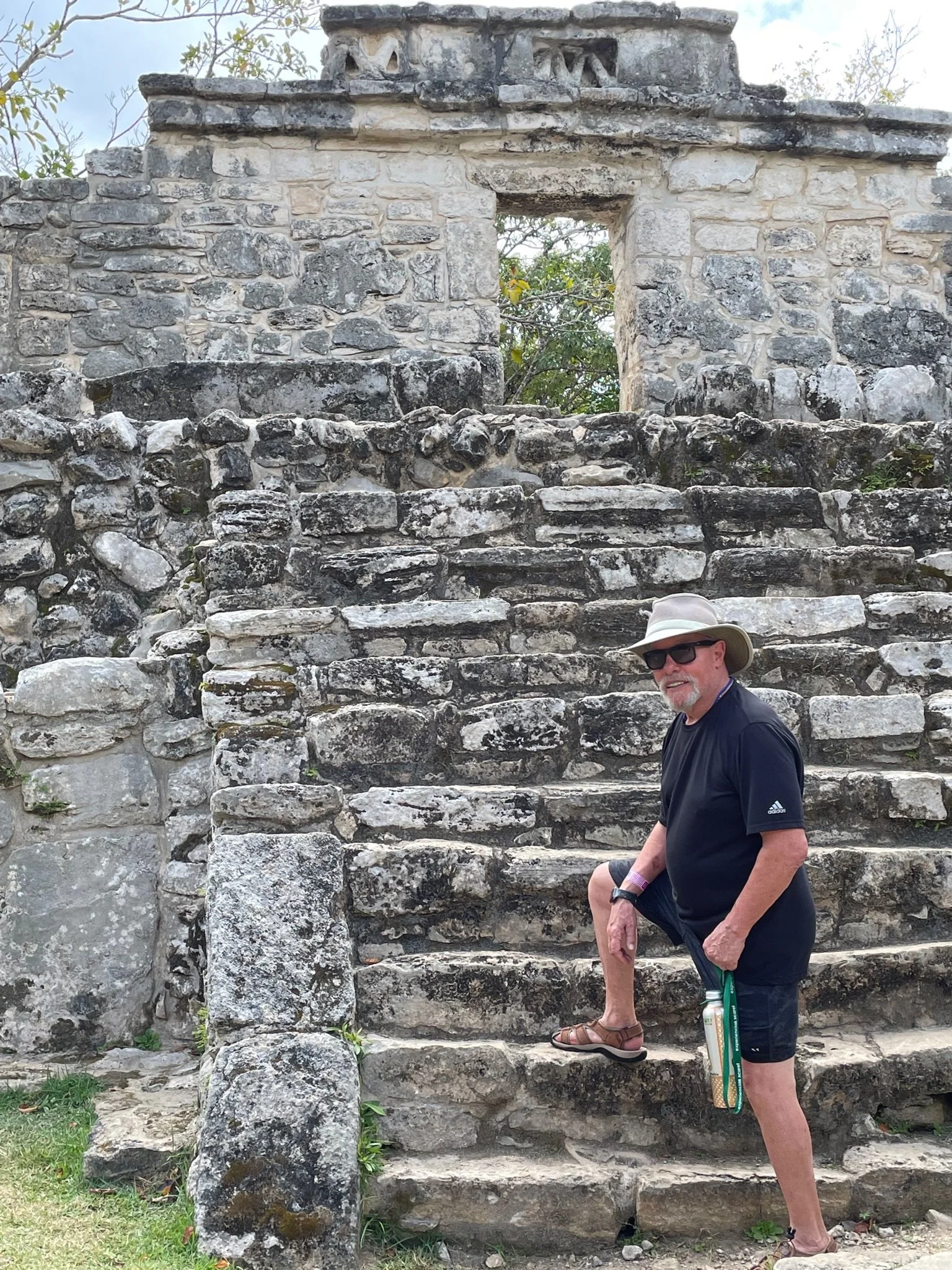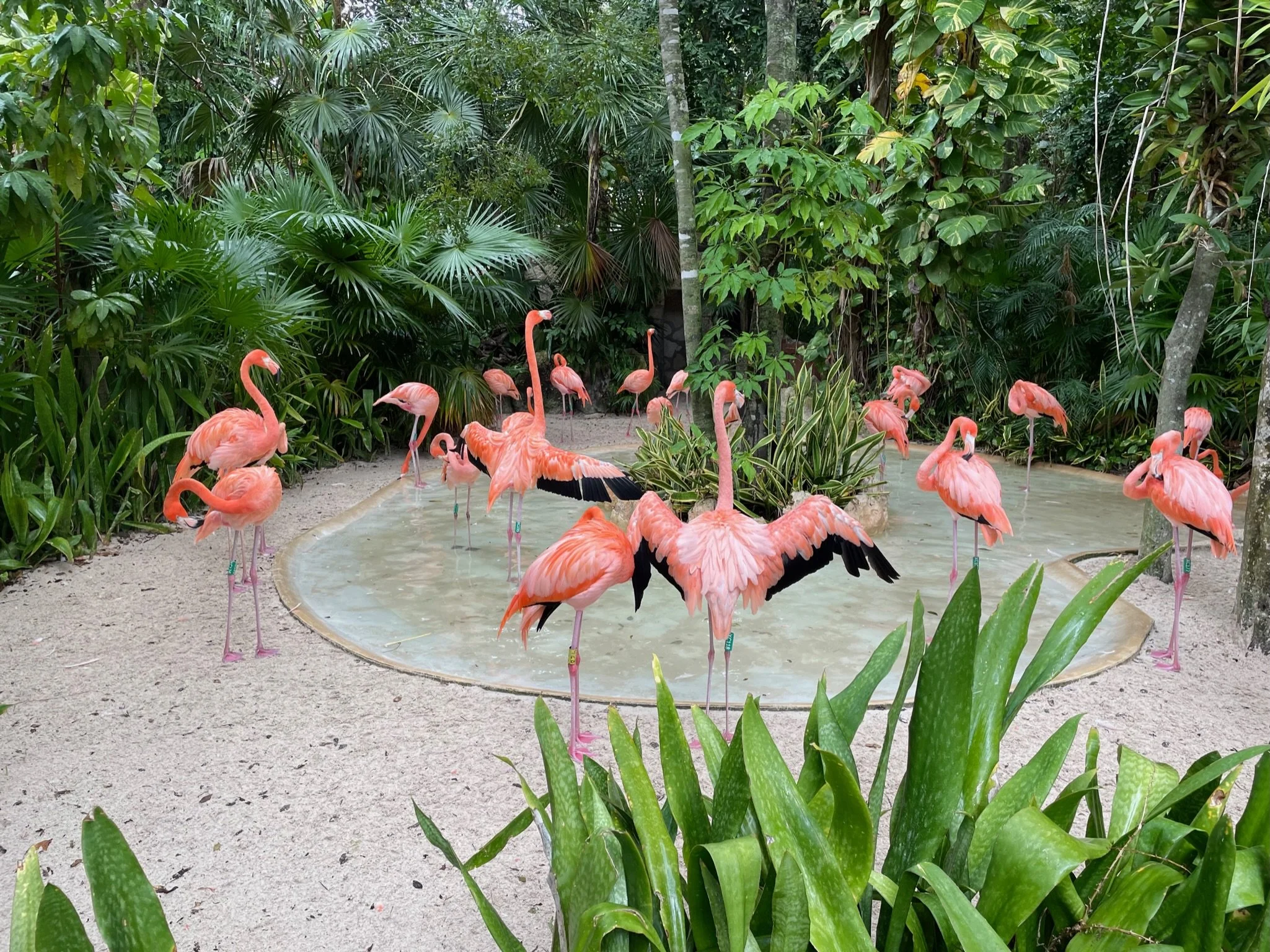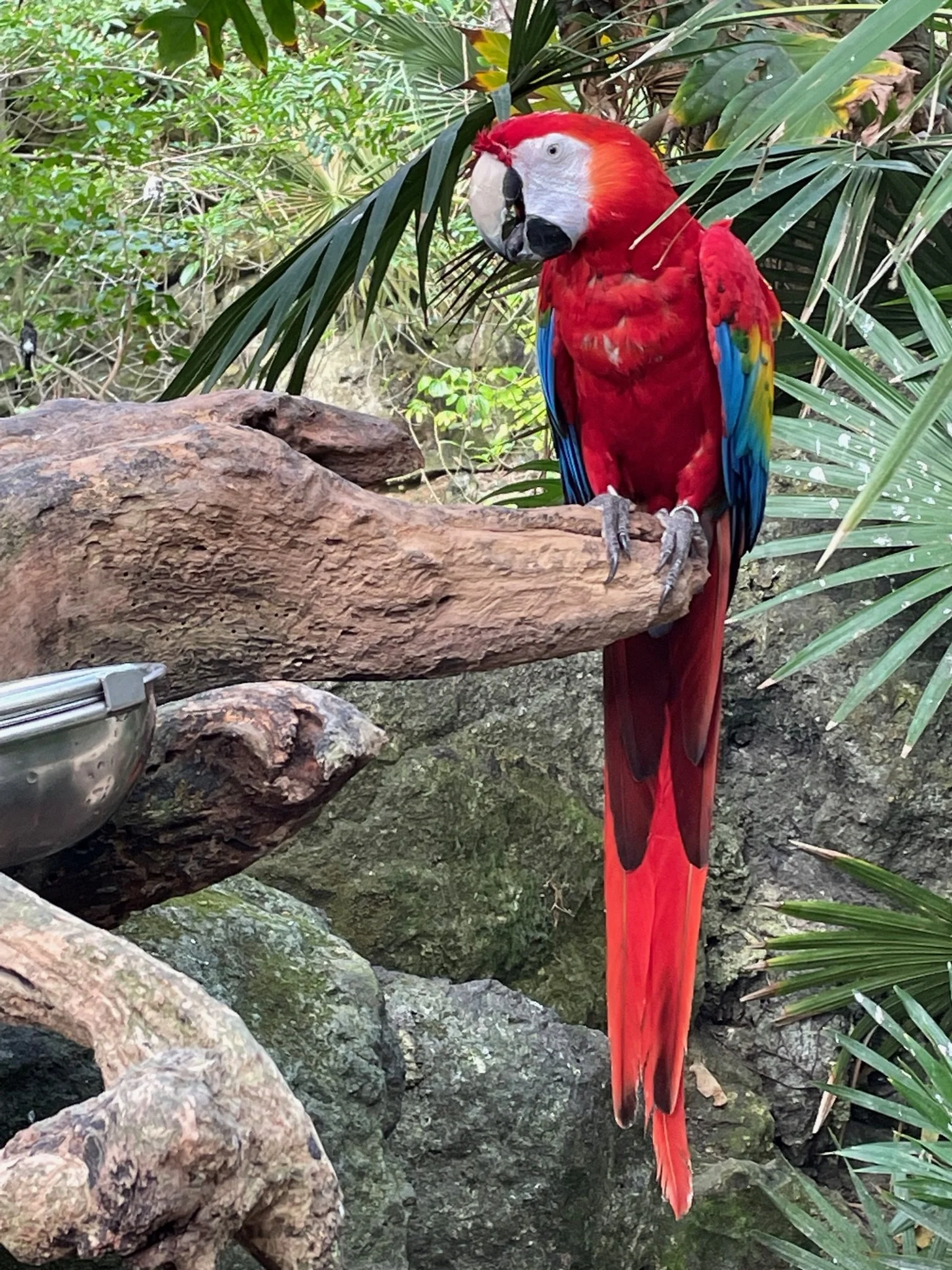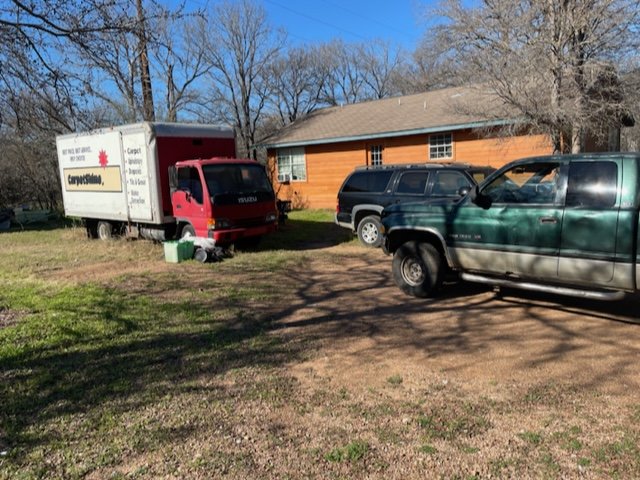When David and I found out that we’d been transferred from the UK to the US, we decided to take a quick trip back to Holland before we left that part of the world. Neither of the boys remembered Holland and they thought our sentimental good-bye to be nonsensical. Another reason for the making trip was that Holland had been the most wonderful country imaginable, so a quick visit to a place we’d enjoyed so much seemed understandable—until we found ourselves parked in a rental car outside the house where we’d once lived—an elegant three-story home on a tree-lined cobbled street.
“Why are we here again?” Curtis asked from the back seat.
“This is where we lived when you were born,” I explained once more. “We thought you’d want to see it.”
Up at the house, a second-story curtain twitched.
“The people who live here are looking at us,” from Curtis. “They’re wondering why we’re here.”
“We’re here because our parents thought we wanted to see it,” Sam reminded his brother. “I didn’t want to see it. Did you want to see it?”
“I think the person who’s been watching is coming out.”
The door opened and a woman wearing a suspicious scowl stepped on to the porch.
Dismayed to be caught doing something outside the norm, David started the car and pulled away. Oh, the hilarity of this pointless farce! David and I lost ourselves in laughter—guffaws, tears, and gasps; snorts were involved. What had we been thinking? Flying across the North Sea for no other reason than to gawk at a house we’d moved out of five years before. Who does something like that? Even the kids, at eight and ten, had more sense. At that point we decided that we’d never again be revisitors—we’d move on and never look back.
Yet here we are—revisiting a placed we lived for three years ten years ago. Singapore is now home to our son Sam, his wife, Julia, and our granddaughter, Clementine.
As we wander through our favorite attractions, malls, and food courts, we list the differences between then and now.
The Botanic Garden: If you’re of a mind to, you can spend a full day strolling around Singapore’s Botanic Garden, where photographers, artists, and Tai Chi ancients pay homage to some of the world’s oldest and largest trees. Since we were last here, otters have appeared and Otter Crossing signs are now posted on the pathways between the water features. Also, the orchid garden has been enlarged, and new facilities and walkways have been added. If orchids are your passion, you’ll be interested to know that Singapore’s collection contains a rare tiger orchid, the blossoms of which can weigh up to two tons. It only blooms every two-four years, so arrange your pilgrimage accordingly.
Singapore is all about technology—some convenient, some not worth the effort. Tap in/tap out in the underground is nothing new, so in that area we weren’t stymied. Sadly, gone are the taxi stands. If you want a ride, use the app. We used to like stepping out of a venue and into a cab. Now we’ve got to fiddle with our phones and wait Uber-style if we need a lift.
QR menus have proven to be a problem here—for us, anyway. The restaurants are all clumped together, so it’s not unusual to scroll through fifty web addresses and not be able to find the one associated with the restaurant we’re currently dining in. This method of ordering is supposed to be expedient, but how can that be when a waiter must come and find the website for us? And then, because it’s faster and easier, he/she also taps in our order. So, no expedience for anybody.
Ten years ago Singapore’s airport entry was a model of efficiency for the world to aspire to—and many countries have wisely followed its example. I’ve flown into four different countries in the last year-and-a-half, all of which used passport-scanning entry. I walked to a gate, inserted my passport in the scanner, a gate opened, and I was in a foreign land. Ninety seconds, tops. And this reality deserves a disgusted rant: Last year, in the US citizens’ line at JFK, we waited for two hours to get through passport control. I know, I know, you can expedite by signing up for some blah-blah pass with some bureaucratic department—but the point is that there are no such obstacles to deal with when entering those other countries, of which I’m not even a citizen. All of America should blush with embarrassment. I dread re-entering in LA.
Moving on to the reason for our visit: We’re having a great time with our adorable eighteen-month-old granddaughter, Clementine. She’s mischievous, sensitive, engaged, and curious. It’ll be interesting to see whether these are core traits that stay with her and form her in the years to come, or if they’ll fall away as she gets older.
Meanwhile, right now Clem is at play school, and Sam and Julia are working, so David and I are revisiting Chinatown, where I’ll visit the fabric floor, we’ll eat dumplings, sweat profusely, and wave back at the lucky cat statues, which originated in Japan and, confoundedly, were appropriated by the Chinese—in my opinion, an innocuous and dubious fusion of cultures.
Nothing but beautiful views in the Botanic Garden. And look how clean!
A lovely and whimsical shot of Julia, Clementine, and Sam on the way to Field Day
Isn’t she cute?














